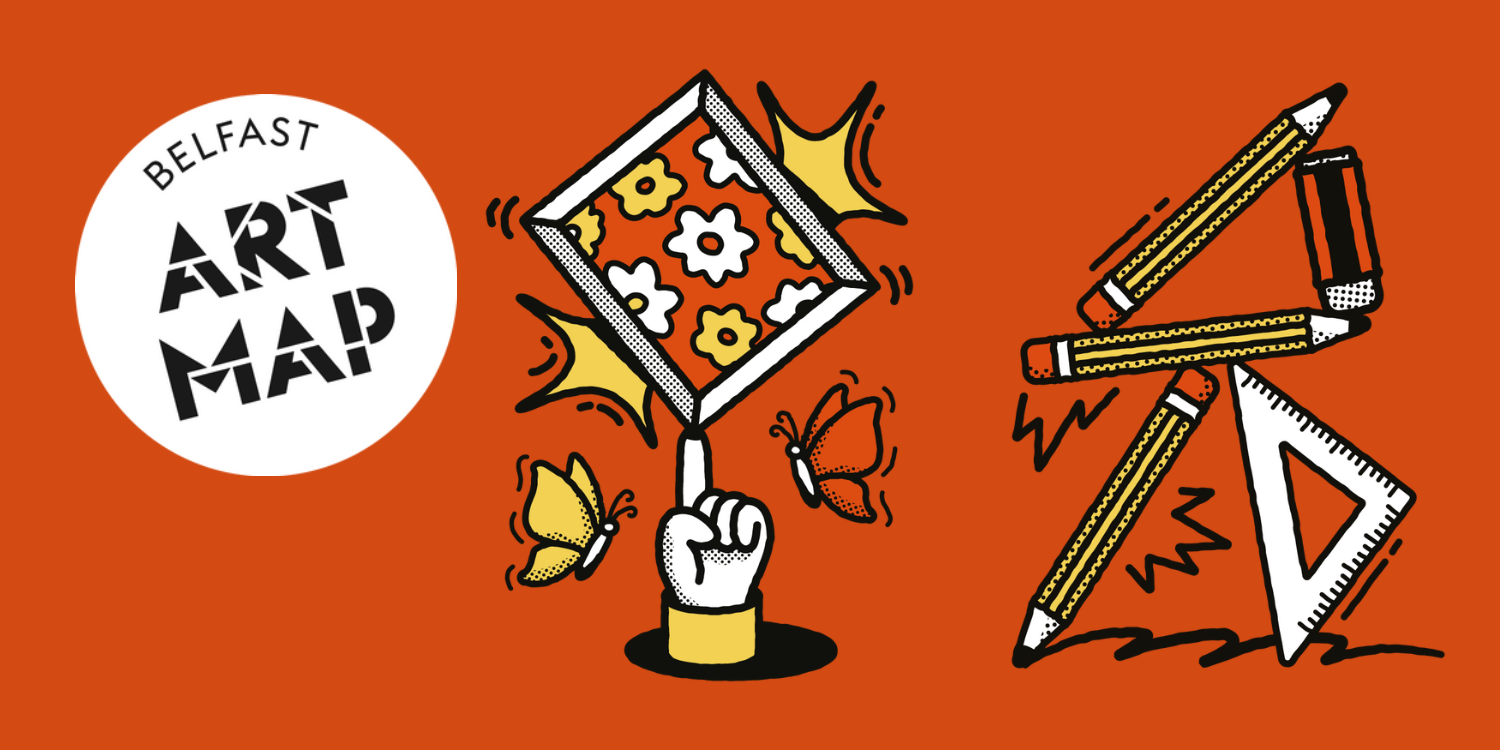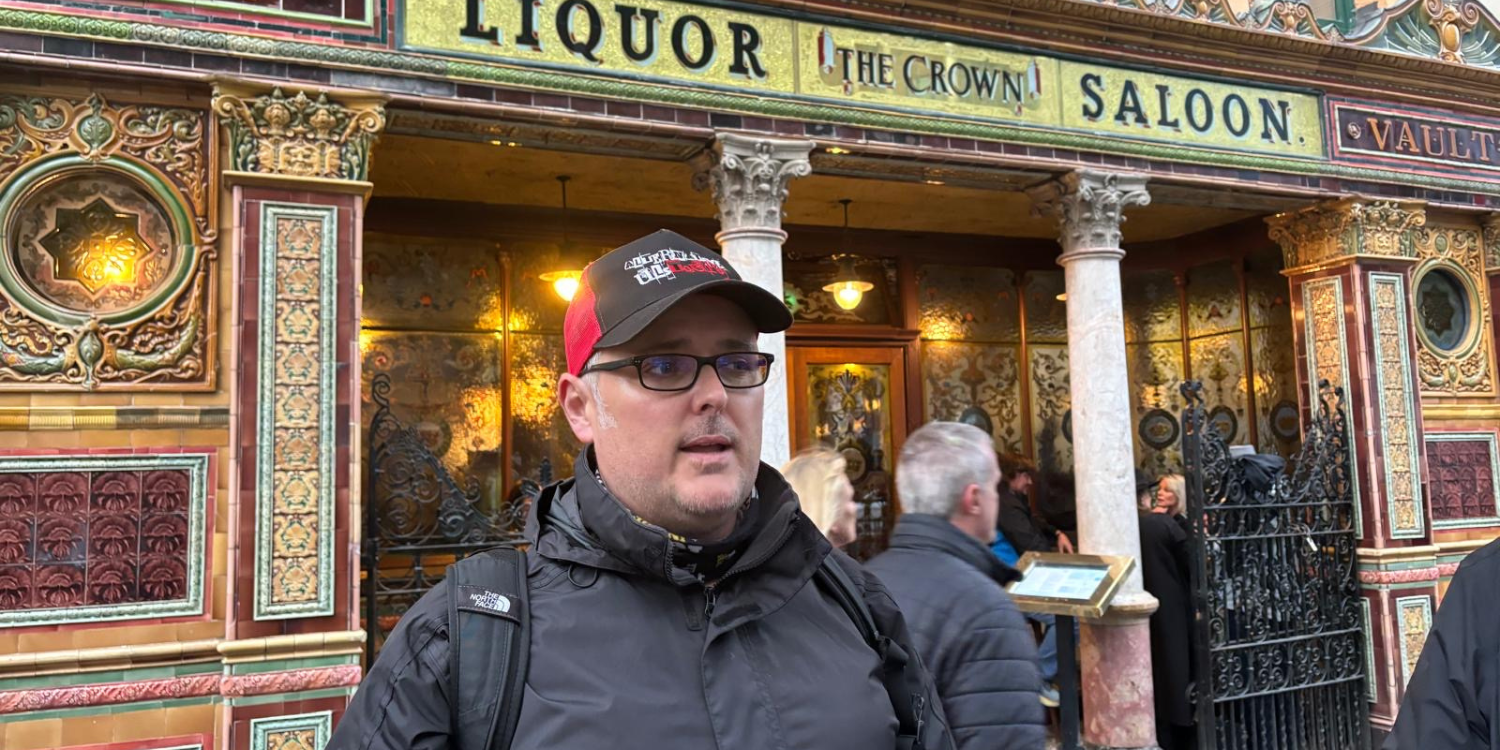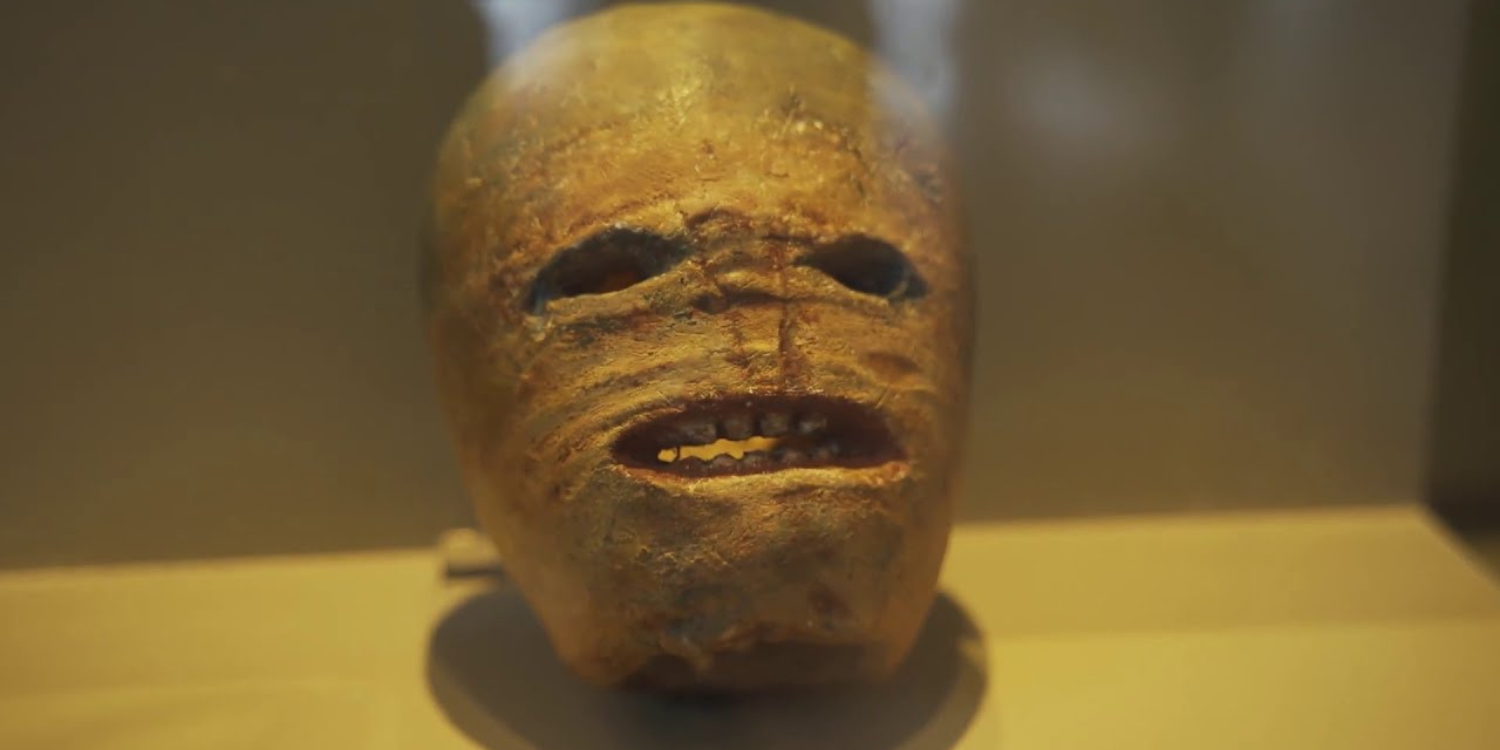There will undoubtedly be a lot written about the Ulster Workers’ strike this year, as we mark its fiftieth anniversary.
I was interested in looking at it from a civilian perspective, because that’s what we do at DC Tours. Most of us were young children when it happened, and of course we felt far less tension about a strike (which were practically a daily and uninteresting feature of news in the Seventies across the UK) than the daily bombings and shootings on the news.
For example, watch this video to see what life was like in Belfast in the days just before the strike. The news reports were consistently grim and as small children we were all mildly obsessed with guns and bombs, never mind the new “Foaming Pig”.
So while the strike was something that we could see the adults got very worked up about, for us it meant the simple excitement of candle-lit evenings, tea brewed on a camping stove and toast made on the coal fire (if you had one!). Because the main feature of the strike for us kids was power cuts. Big, rolling power cuts.
The background
In case you need a potted history of the Workers’ Strike, it brought Northern Ireland to an absolute standstill in May 1974. But it wasn’t the kind of strike that the UK was very familiar with in the Seventies – those strikes were about pay and working conditions.
This strike was a challenge to the Sunningdale Agreement. Since its creation in 1921, Northern Ireland had only ever had one party running the devolved government at Stormont – the Unionist Party. In 1972, due to the worsening violence, the Westminster government in London suspended our local government and assumed Direct Rule. And two years later, the first attempt was made at creating a new, local, power-sharing government in Northern Ireland to be run by political representatives from both communities, along with a new cross-border Council of Ireland.
Hugh Logue of the SDLP made the controversial comment that Sunningdale was “the vehicle that would trundle Unionists into a united Ireland”, adding, “the speed the vehicle moved at was dependent on the Unionist community” none of which helped calm the situation.
Some unionists accepted the idea of power sharing, but took issue with the Council of Ireland. But most unionists and loyalists were simply outraged by Sunningdale (actually some Republicans were too, but for completely different reasons). They saw the agreement as a threat to Northern Ireland’s status within the United Kingdom. And so the Ulster Worker’s Council (UWC), an umbrella group representing various loyalist paramilitaries, trade unions, and political factions, organised the strike.
It started on the 15th May and effectively shut Northern Ireland down for a fortnight, crippling essential services and creating widespread disruption. You couldn’t get to work or school (even if you were taking your exams!). You couldn’t get petrol or milk. There was no postal service. Shops were only open for a few hours a day, if they could open at all. But for us kids, and probably our parents too, the power cuts were the Really Big Thing.
The power cuts
Most of Northern Ireland came really close to total blackout during the strike. Northern Ireland had only four power stations at the time – two in Belfast, one at Coolkeeragh near Derry-Londonderry and one at Ballylumford at Larne. The UWC tactic was to reduce electricity supply to the point where the factories had to close. And as the majority of the workers in the power stations were Protestant, it was simple for them to execute their plans. Workers shut down the Belfast stations completely. Coolkeeragh was only able to keep a small gas turbine generator running. Half of Ballylumford was shut down too.
The total output was only about a third of what was needed. So the power cuts started.
Despite it being Spring, May in Northern Ireland can be pretty chilly and the temperatures were still dropping to near freezing at night. If you had a coal fire you were alright, but if your heating system ran on electricity (and a lot of our homes were heated by Dimplex radiators!) then you were in for some cold nights. My wife, who was five at the time, remembers it being absolutely Baltic, but she did live in Glengormley, a town just outside Belfast famed for its chilly microclimate which would give Katesbridge a run for its money.
Beans on toast and boardgames by candle light
Cooking had to be done on a camping stove during the power cuts, unless you were lucky enough to have town gas. Jamesy remembers that his family had to cook on the open fire in the living room (“Mostly beans and toast of course and potatoes thrown into the coals!”). He says he clearly remembers the boredom in the evenings with no telly.
Gabe’s wife Annie, who was 12 at the time, has different memories of those long nights – she had the fun of playing lots of board games by candlelight as her parents tried to keep all the kids entertained. But she also remembers the fear she felt when she went with her parents to the garage and saw masked men in the forecourt.
Gabe says, “I was a bit older, 15, and had a bit more awareness of what was happening. My mother was in the Mater hospital at the time, and we used to walk down the Oldpark Road to go visit her.
“It was pretty nerve wracking passing by all the manned barricades. I still remember the feeling of relief when we got to Crumlin Road jail. I also remember the novelty of doing things by candlelight and us all gathering round the coal fire and talking German with my sister – much to the annoyance of my poor dad, who was missing his wife, TV and the pub!
“And was the first time I baked scones, as we couldn’t get any bread…seriously proud I was!”
Donzo remembers travelling from Antrim to Carrickfergus at night in his dad’s beat up Vauxhall Viva:
“I fell asleep and woke up aware the car had stopped. A guy with a black scarf around his face was asking my da for ID. My da was pissed off as they knew each other, and he thought the situation was ridiculous.”
The rising tensions
The effect on everyday family life was undeniable but the strike also led to a rise in sectarian tension. From the first day vehicles were being hijacked and used as barricades to stop people going to work. There was widespread rioting and intimidation.
On the third day of the strike, car bombs planted by the loyalist Ulster Volunteer Force (UVF) went off without warning during the evening rush hour in Dublin and Monaghan, killing 34 people and injuring almost 300 – the largest loss of life in one day at that time in the conflict. The majority of victims were young women.
There were also a number of shootings, beatings and bombings across Northern Ireland. The tension was growing rapidly, as you can see from this report at the end of the first week:
“Spongers”
On the 25th May the British Prime Minister Harold Wilson broadcast a phenomenally ill-judged speech on the BBC in which he condemned the UWC and its supporters as “spongers”. Most Protestants took this as a personal slight, and some wore little sponges on their jackets the next day as a show of support for the strike.
By the 27th people with town gas were warned to switch it off because of the drop in pressure. The British Army took over some petrol stations across Northern Ireland to supply essential users only. The Ulster Workers’ Council announced that Ballylumford power station would shut down at midnight.
The next day Brian Faulkner resigned as Chief Executive of the Northern Ireland Assembly along with his unionist colleagues, effectively bringing down Northern Ireland’s new devolved government at Stormont.
News of the collapse of Stormont spread quickly and on the 29th, people got back to work and the shops started to reopen:
The strike was perhaps most memorably described by English journalist Robert Fisk as:
The fifteen unprecedented, historic days in which a million British citizens, the Protestants of Northern Ireland, staged what amounted to a rebellion against the Crown and won… During those fifteen days, for the first time in over fifty years… a section of the realm became totally ungovernable. A self-elected provisional government of Protestant power workers, well-armed private armies and extreme politicians organized a strike which almost broke up the fabric of civilized life in Ulster. They deprived most of the population for much of the time of food, water, electricity, gas, transport, money and any form of livelihood.
This was the British government’s first real experience of what ‘conditional loyalty’ actually meant; the Protestant population of Northern Ireland would be loyal to the British government, on condition that they were not being mistreated (in their eyes). This news report shows how swiftly Belfast returned to relative normality, just 24 hours after the strike was called off.
From Sunningdale to the Good Friday Agreement
The failure of the Sunningdale Agreement eventually paved the way for the Good Friday Agreement 25 years later. Seamus Mallon, once the Deputy Leader of the SDLP and Deputy First Minister of Northern Ireland, once famously referred to the Good Friday Agreement as “Sunningdale for slow learners”.
But one of the reasons that the GFA was such an exhaustive process, involving local parties, the British and Irish governments and the USA was the understanding that Sunningdale had failed to build any consensus among the general population and had moved much more quickly that the local communities could accept.
The Protestant working class in the 1970s had already felt besieged on all sides, between the loss of traditional industries such as shipbuilding and linen production, and the redevelopment of inner-city areas like the Shankill with the consequent loss of established communities.
Power sharing was the final straw for them and in hindsight it was clear that there would be a violent reaction. The GFA was a far more inclusive and collaborative process and this, along with a general sense of war-weariness, helped to reach a new agreement in the nineties between all the parties but one.
It wasn’t until the St. Andrews Agreement of 2006 that Ian Paisley’s Democratic Unionist Party (DUP) would finally sign up too, paving the way for a more stable local government in Northern Ireland. It’s still a challenge – The Executive/Assembly has been suspended six times since 1998 and as a result we have been without a functioning government for a total of 10 years since 1999, so it’s still a work in progress! But ultimately over the last 25 years we’ve been moving slowly towards greater stability – well, up until the Brexit vote at least…but that’s another story.






